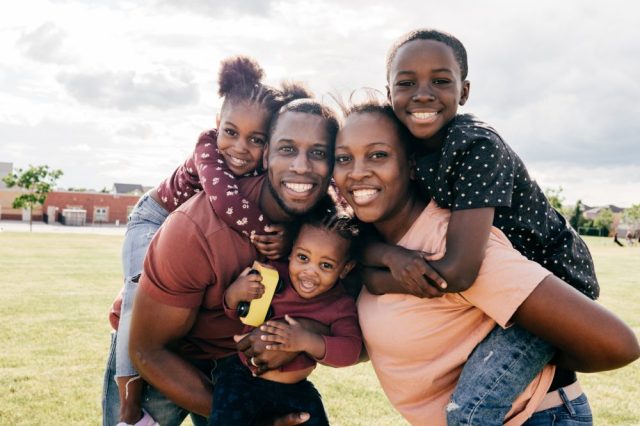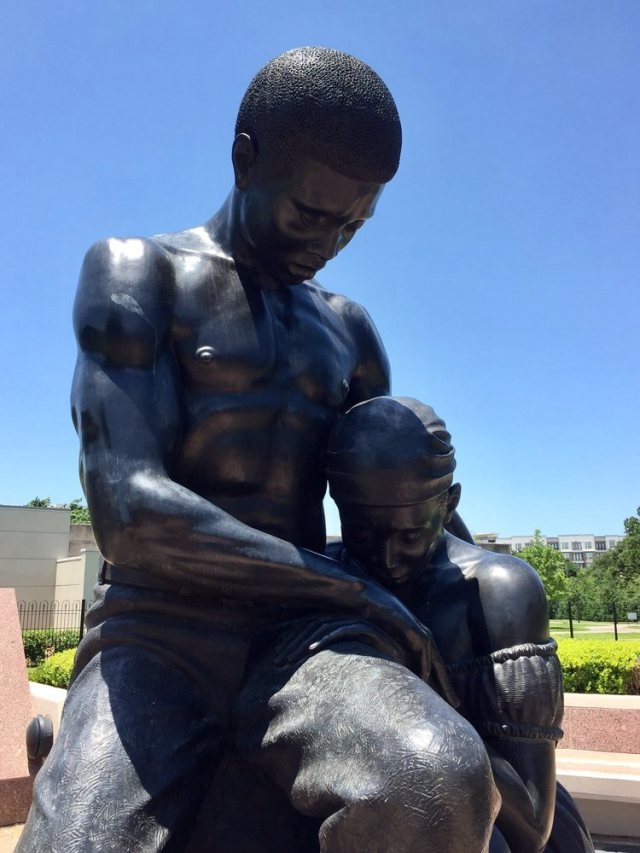The US women’s soccer team has been fighting for equal pay to the men’s team for years—and they’ve finally won. The United States Soccer Federation (USSF), the United States Women’s National Team Players Association (USWNTPA), and the United States National Soccer Team Players Association (USNSTPA) have reached an agreement for “equal pay” and to “set the global standard moving forward in international soccer.”
“This is a truly historic moment,” said US Soccer president Cindy Parlow Cone in a statement this week. “These agreements have changed the game forever here in the United States and have the potential to change the game around the world.” Not only does the deal strike a balance of pay, it also includes equality when it comes to appearance fees, game bonuses, and similar working conditions for training camps, staffing, and practice facilities. Finally, US soccer will share its “broadcast, partner and sponsorship revenue with a 50/50 split of that share divided equally between USWNT and USMNT.”
In a historic accomplishment, U.S. Soccer, @USMNT and @USWNT have come together to agree to new collective bargaining agreements that will run through 2028 and achieve true equal pay – including equalization of World Cup prize money.
— U.S. Soccer (@ussoccer) May 18, 2022
Fans of the team responded with an eruption of excitement on social media after hearing the news:
Gooooooal! https://t.co/2lOT4dETyd
— Jessica Chastain (@jes_chastain) May 18, 2022
👏👏👏”U.S. women’s and men’s national soccer teams close pay gap with ‘game-changing’ deal” https://t.co/h8gllOOclf
— Chelsea Clinton (@ChelseaClinton) May 18, 2022
It’s about time—and it’s happening because of the brave women who got in this fight for equality.https://t.co/OmgSvy75sX
— Elizabeth Warren (@ewarren) May 19, 2022
Never forget that US Women’s soccer had to be world champions multiple times to finally be paid equally.
— Lindsay Crouse (@lindsaycrouse) May 18, 2022
Today, US Soccer reached a landmark agreement for equal pay thanks in part to the incredible leadership by @mPinoe and the players of the US Women’s National Team.
Thank you, Megan, for helping equality become reality. pic.twitter.com/fSFeti0qFW
— Seattle Storm (@seattlestorm) May 19, 2022
This comes after years spent in litigation beginning in early 2019 when the USWNT filed a gender discrimination lawsuit against US Soccer. “I think to be on this team is to understand these issues,” Megan Rapinoe told the New York Times in March, 2019. “And I think we’ve always — dating back to forever — been a team that stood up for itself and fought hard for what it felt it deserved and tried to leave the game in a better place.”
This decision is welcome but long overdue. The women’s team, for years, have played more games than the men’s team, and win most of them (unlike the men), and have been a dominant force to be reckoned with on a global stage. Given all that, they’ve never asked for more, just to be paid and given the same treatment as the men.
“US Soccer and the USWNT and USMNT players have reset their relationship with these new agreements and are leading us forward to an incredibly exciting new phase of mutual growth and collaboration as we continue our mission to become the preeminent sport in the United States,” Cone said.
















